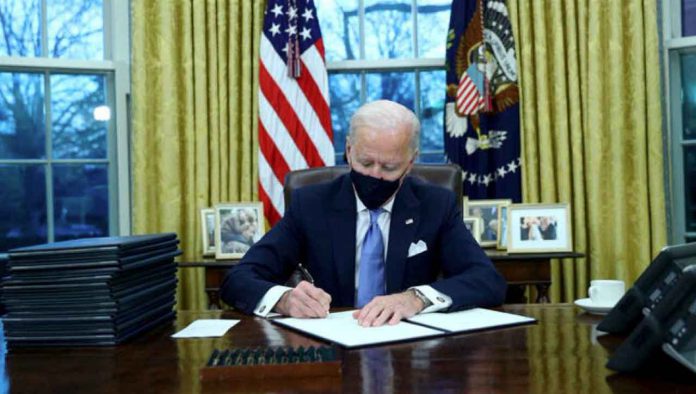
As the U.S. approaches the one-year mark of the COVID-19 pandemic, it’s clear just how dire the situation has become. Not only can one germ multiply into more than 8 million germs in just one day, but the slow-as-molasses coronavirus vaccine rollout has failed to meet even conservative expectations. That means mask-wearing, hand-washing, and social distancing are still among the few weapons Americans have against the novel coronavirus — which has now mutated into even more contagious strains.
Making matters more complicated, nearly 15 million Americans remain uninsured. The Commonwealth Fund found that 7.7 million people had lost their employer-sponsored health insurance due to COVID-19 as of June 2020, but the regular open enrollment period wasn’t adequate enough to insure every American. Despite the fact that the U.S. already spends almost three times more on healthcare than any other country in the world, countless U.S. residents literally can’t afford to get sick.
Fortunately, the new administration is doing something to help. As of February 15 — President’s Day, fittingly enough — the Affordable Care Act marketplace will reopen for three months, allowing those who are currently uninsured to purchase a plan and for others to potentially change their coverage.
Around 42% of employed insurance underwriters worked with direct insurance carriers in 2018, but many Americans are understandably confused about healthcare coverage. President Biden, in addition to reopening the marketplace, has vowed to spend $50 million on education and outreach to ensure Americans know about the opportunities this new enrollment period provides. As of now, residents in any of the 36 U.S. states that utilize the federal Healthcare.gov platform can sign up for plans; most of the states that don’t use the federal platform are planning to reopen their own portals, though the guidelines and timeframes may differ.
If you are normally eligible to sign up for healthcare coverage through the federal portal and you’ve lost your insurance during the pandemic, you can take this time to secure a policy for yourself and your dependents. Additionally, if your current coverage was secured through the marketplace, you can switch to a different plan during this period. You can also find out whether you might be eligible for Medicaid; if you are, the marketplace will redirect you to your state’s coverage platform, which you can use at any time.
Americans enrolling during this special period don’t have to provide documentation pertaining to job losses. The period of time an individual has remained uninsured isn’t relevant, either. According to Axios, 4 million of the 15 million Americans eligible for ACA coverage are eligible for a free high-deductible plan, while approximately 4.9 million qualify for subsidized plans. Americans with incomes of up to 400% of the federal poverty level (which ranges from $51,500 for a single person to $106,000 for a family of four) would be eligible for premium tax credits. These tax credits can have a huge impact on insurance costs, making coverage far more accessible.
Now through May 15, 2021, Healthcare.gov will act as the hub for Americans who want to sign up or change their insurance coverage. And while health insurance is no guarantee that you’ll stay well, it can provide valuable peace of mind and protect your family from undue financial burdens during an already stressful time.






